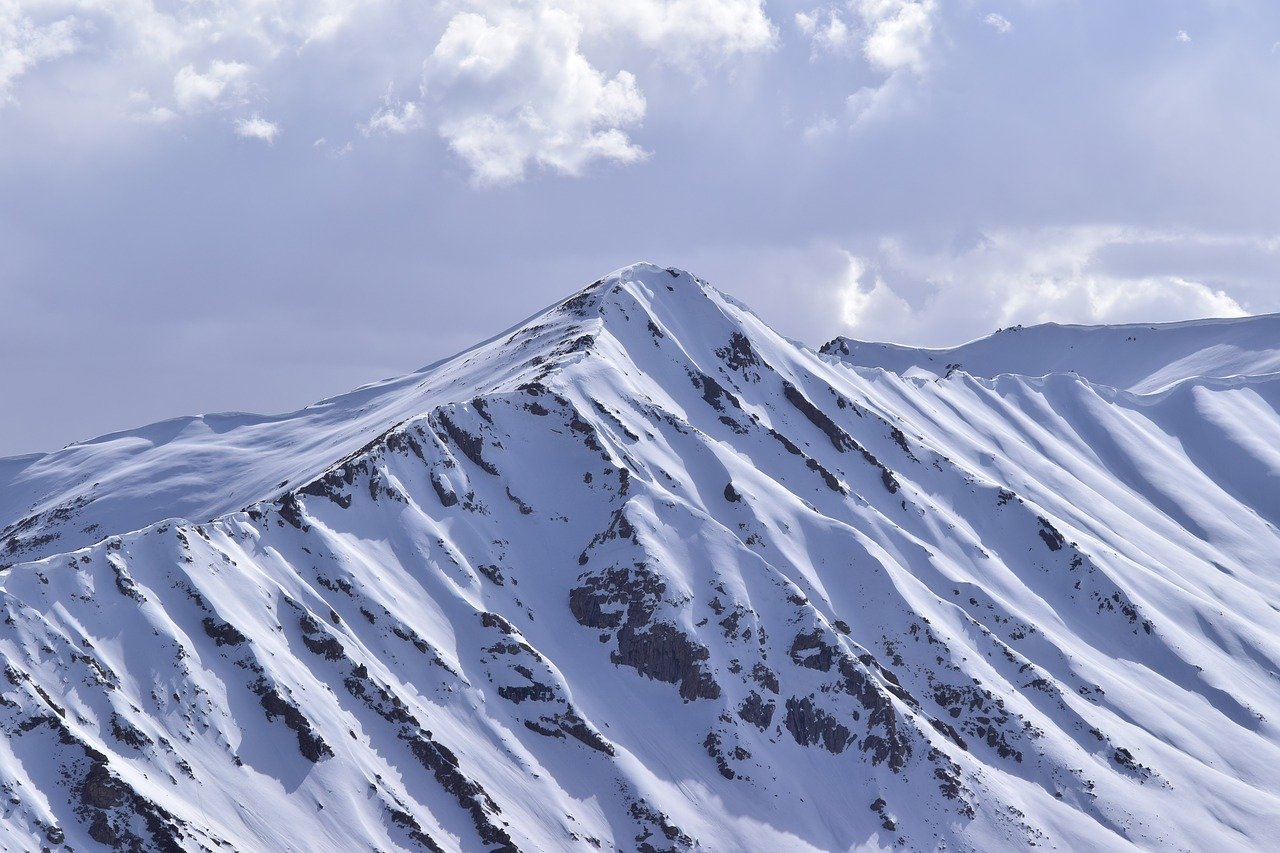
Incinerators for Remote & Extreme Weather Locations
Everyone has heard the story of the sinking of the Titanic, but do they know why it sunk? It is not just about hitting an iceberg. The main reason for its sinking is that the steel used for the hull was not suitable for cold temperatures.
Steel becomes brittle when it is exposed to cold and the colder it gets, the more brittle it becomes. When it finally hits the iceberg, the steel fractured much easier than it would have at warmer temperatures. Carbon steel is one of the strongest materials available for building structures. However, even hardened steel can turn brittle when it gets really cold. Carbon steel does lose its flexibility when exposed to cold. This condition, while the steel remains hard, causes it to become brittle and susceptible to cracking.
Equipment manufacturers in general and ship builders in particular, learnt a lesson the hard way, with the sinking of the ill-fated Titanic in the cold Atlantic waters.
They found that there are certain alloys/elements that have a better effect on steel in the cold weather which include:
· Carbon (lesser the carbon, better for the steel in cold temperatures)
· Nickel (for increased toughness)
· Manganese (austenite stabilizer in cold temperatures)
Haat’s incinerator installations are present in many parts of the world, which include deserts, deep-sea operational areas, equatorial Africa, mountains and hill tops. More specifically, our incinerators are working in locations such as the Thar desert in India, the Middle eastern deserts in Iran / Iraq, Yemen, Saudi Arabia, Wellington in Ooty hills, the hill-top temple town of Palani, Equatorial Tanzania and Kenya and many more.
The incinerators that could pose challenges were the ones meant for very cold locations. In this blog, therefore, we wish to talk about some of these installations in the coldest places on earth.
1. Antarctic Region: Two of our LRD model incinerators have been supplied to the Antarctic Region where, as we know, the temperature hovers from -10 to -60° C. at the highest part of the interior.
2. Leh: GD and BP model incinerators in Leh working in around +10°C and -20°C.
3. Unspecified location in border areas: Dry toilet incinerators for human waste working in sub-zero temperatures.
First of all, it is difficult to cold- start an incinerator burner system in these climatic conditions, where ignition is prevented by non-absorption of heat. Therefore it requires on-line heaters.
Similarly the material of construction of the incinerator has to be different, because the fatigue strength of ordinary carbon steel in low temperatures is very poor. Hence, special steel needs to be used for construction of the incinerator equipment used in these locations.
In places like Leh, which are at very high altitude, there is also a lack of oxygen in the air and hence the need for additional combustion air for effective incineration of waste.
Haat has supplied quite a few incineration systems in these locations for various applications including biomedical waste, general garbage, food waste, etc. These have been working satisfactorily for the past many years. The incinerator models in use here are the GD, BP and LRD. Many of these systems have been commissioned by Haat`s engineers and after-sales service provided.
Haat works tirelessly in difficult locations braving the cold!


